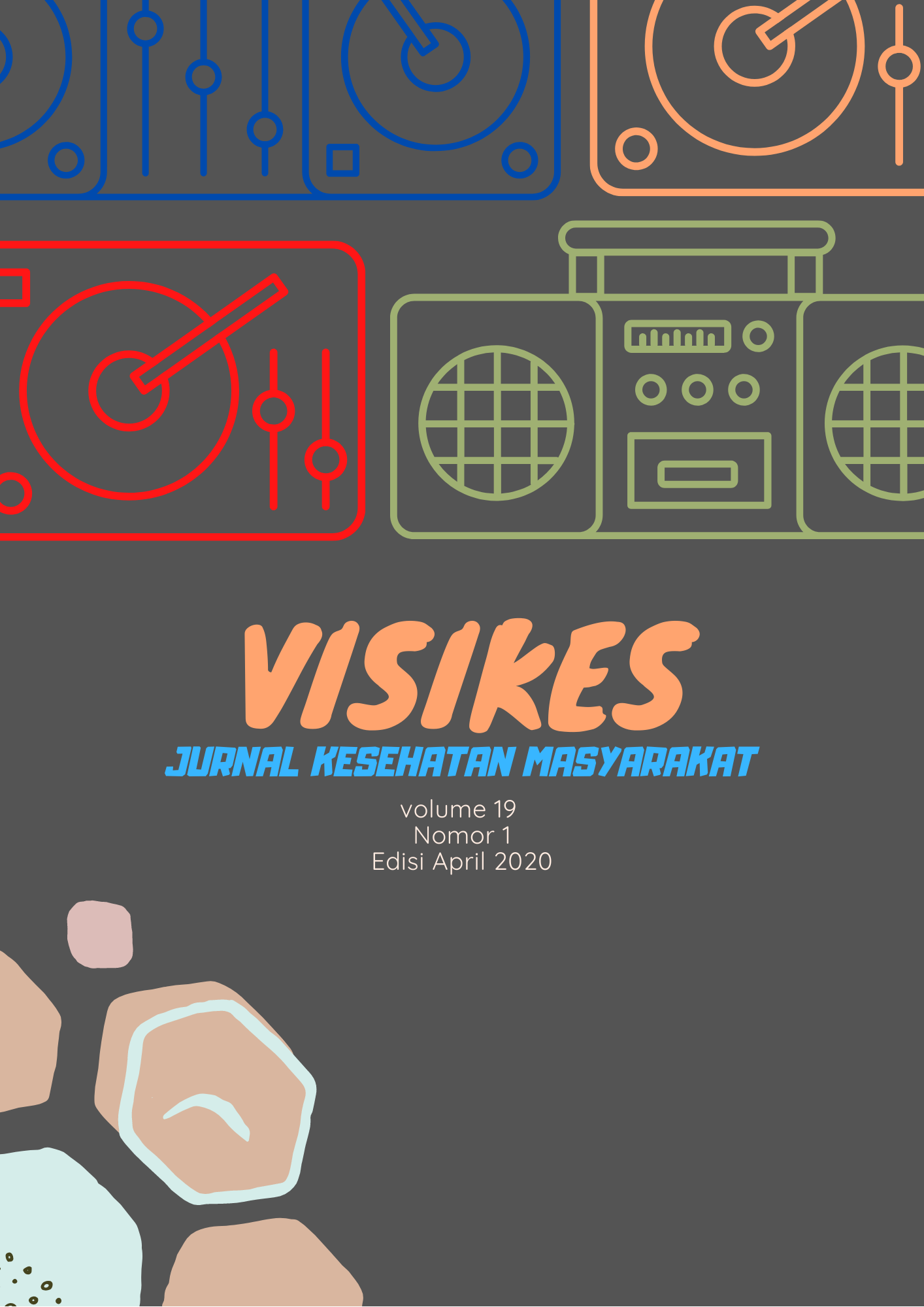FAKTOR RISIKO KEJADIAN STUNTING PADA ANAK USIA 12-36 BULAN DI PUSKESMAS WOHA KABUPATEN BIMA
DOI:
https://doi.org/10.33633/visikes.v19i01.3763Abstract
Woha Subdistrict Is one of the sub-districts in the district of Bima which has a stunting prevalence rate of (39.65%) higher than the national prevalence (30.8%). Most people in Woha Subdistrict do farming activities to make ends meet. To get a better harvest, the community uses pesticides as the most effective drug for controlling pests. The effect of pesticide exposure is not yet known as a risk factor for stunting in Bima Regency. The objective of this study was to determine whether the history of pesticide exposure as a risk factor for the incidence of stunting in children aged 12-36 months in the working area of Woha Health Center Bima Regency. The study design was a case-control using a retrospective approach in 48 cases (stunting) and 48 controls (normal). Data analysis was carried out in stages including univariate, bivariate and multivariate analyses. The analysis showed three variables that had a significant relationship with the incidence of stunting, namely a history of exposure to pesticides (OR = 3,35; CI = 1,44-7,78; p = 0,008), history of infectious diseases (OR = 3,97; CI = 1,64-9.58; p = 0,003), maternal height (OR = 3,76; CI = 1,60-8,88; p = 0,004. Conclusion low maternal height is the most dominant factor influence the incidence of stuntingKeywords: Stunting, exposure to pesticides, infectious diseases, maternal height.Downloads
Published
2020-07-03
Issue
Section
Articles
License

This work is licensed under a Creative Commons Attribution 4.0 International License





















